HP CEO Lores On Boosting PC Supply And 3-D Printing Medical Parts For The Coronavirus Response
In an interview with CRN, Lores also spoke about how HP is aiming to support partners during a period of economic upheaval.

HP Inc. has moved rapidly to assist in the response to the COVID-19 pandemic, from providing hospitals with crucial 3-D printed parts to helping meet the surging demand for PCs and monitors in work-from-deployments, HP CEO Enrique Lores said in an interview with CRN.
The company is seeing "significant" improvements in production levels in China, with manufacturing now expected to be back at full capacity in the second quarter, Lores said. And to help with the fight against the coronavirus, HP--the maker of the Multi Jet Fusion 3-D printer--is working with partners to 3-D print medical parts that are badly needed. The crisis "is showing the value that 3-D printing can have," Lores said. "It makes the time between design and production much shorter than with older technologies. And it allows local manufacturing, which is critical in a period like this. It is really highlighting how 3-D printing has the potential of transforming the manufacturing industry."
Meanwhile, HP has been striving to stay in close contact with partners, Lores said, and to provide assistance with issues such as financing where needed. "We want to support [partners] in any way they need," he said.
What follows is an edited portion of CRN's interview with Lores.
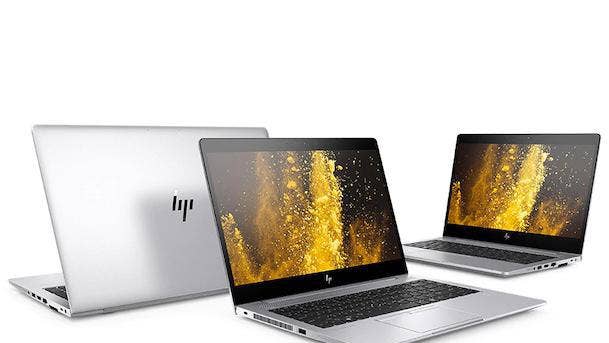
It sounds like you are seeing huge demand for PCs right now--what should partners know about the supply situation?
You're correct--we have seen very strong demand for PCs, and in general for everything that has to do with people working from home or people learning from home. Because as the activity has shifted to the home, all of our products in that space really have been in high demand. As we said a few weeks ago, from a supply chain perspective, the crisis had an impact in China first, and within this quarter we are going to be constrained in terms of capacity. But we are seeing improvements in capacity every week, aligned to the plan that we've had. And very soon, we are going to be at full capacity, with all the factories in China operating at 100 percent. So it is a temporary situation. We're seeing very significant improvements, week after week.

Are you able to say specifically how soon you will be at full capacity?
That's going to be in the second quarter. Again, we need to acknowledge that the situation is fluid and things may change. But if we don't see any further changes in terms of the coronavirus expanding again in China, in the second quarter we'll be at full capacity.
As countries go in lockdown mode, in some cases we are seeing logistics in those countries being impacted as well. So in those countries, even if the products arrive from China and from the factories, there might be some issues with routing them locally. But at this point they are minor.

What is HP doing to support partners through this?
What we are doing is we are staying very close to our partners. As you know, partners are the lifeblood of HP. And we are making an incredible effort to stay close to them, to understand what their needs are, and to see how we can support them. I am, every day, talking to a few of our key partners--both in the U.S. and globally--to show them that we really care about their needs and to show them our support. We are really making sure that we stay in close contact.
Beyond product availability, the other key request we get is on financing. Because they see some of their clients potentially having some issues [with payment]. So we're working with them, case by case, understanding their needs. And wherever we see it necessary, we're extending payment terms for helping them in this area … I think the key thing for partners to know is that HP is here for them. We want to support them in any way they need.
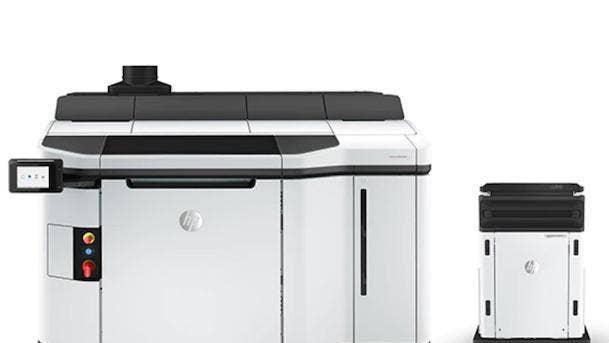
How are your 3-D printing technologies coming into play in this crisis?
3-D printing brings two key advantages. It allows you to reduce the time it takes to go from design to production, and it allows local production. When we saw that some of the equipment and products that doctors and health professionals were needing in many hospitals, we saw that we could both design and produce them. We mobilized our engineering team and we mobilized our [3-D print] partners. We are making sure the designs are qualified and certified. And then we've started producing some of the key parts that are needed for face masks, for face bands--even some of the parts for respirators.
We have designed them, and in some cases we have been approved. Medical equipment needs to be certified before it can be used, so we are driving those processes. And once they are certified in the different countries, we are making the designs available online. So then our partners and customers can download the designs, produce the parts and make the parts available to hospitals and other health care centers in their local communities. We think we can have a significant impact, especially in those cases where some of those products are not available.
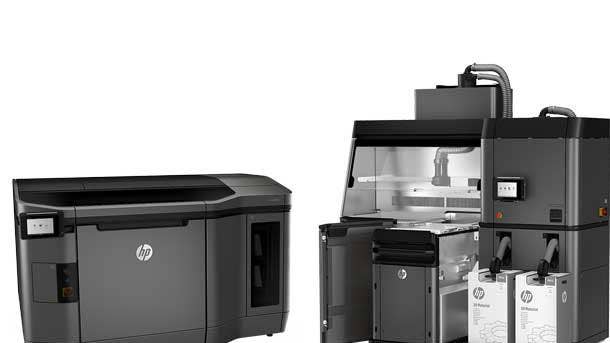
And you are printing parts at your own 3-D printing centers as well?
Totally--but of course we started seeing that the demand was higher than the capacity that we had with our own printers. So, many of our customers and partners saw the opportunity, and they are using their printers also to produce and to print some of these parts. When they saw the opportunity to help, they really jumped into it, and they are making a very important contribution.
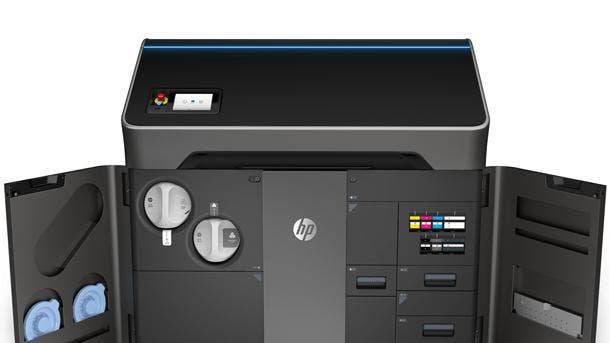
Do you feel like this situation is showing the value of 3-D printing in a way that hasn't been fully evident before?
I think you're correct--this is showing the value that 3-D printing can have. Again, it makes the time between design and production much shorter than with older technologies. And it allows local manufacturing, which is critical in a period like this. It is really highlighting how 3-D printing has the potential of transforming the manufacturing industry. This is a great example of its capabilities.
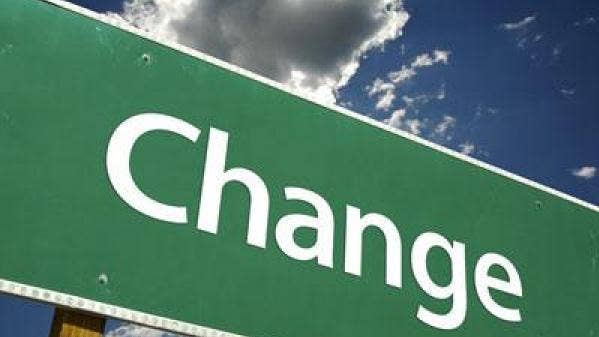
Overall, what longer-term changes do you see resulting from this pandemic in your industries?
I think there are going to be significant changes. One is 3-D printing, as we were talking about, and showing the value of local manufacturing. But also, if we think about the number of people working from home, and the number of students learning from home, this is showing how technology really can help and is going to transform how we all work. As one example, last week, for the HP board, we met virtually for two days using Zoom. This is something that we had never tried before. But we did it, and the meeting was as effective as when we've had the meetings face to face. And we all saved time, and we had people from eight different time zones. We think that many other people are going to realize that there are other ways of working, where technology can help us to be more efficient. And this is going to be opening significant opportunities for us--both in the PC space and also in the print space, as customers will be producing and working from home.
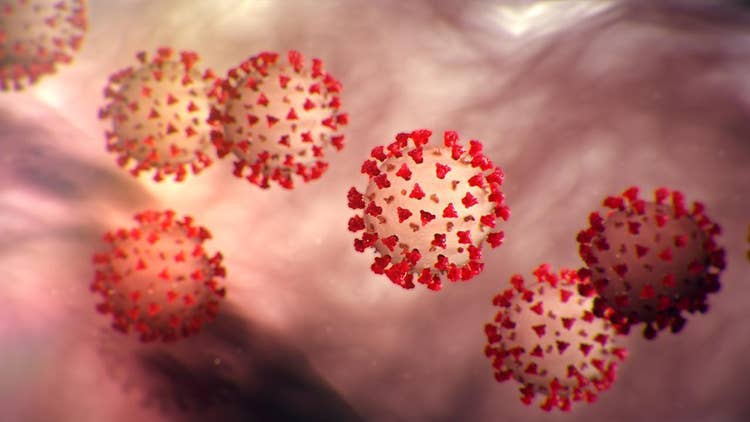
So you're basically seeing that all of your main businesses are a focal point in the world right now?
Yes. And we think that this is going to be a permanent effect. In any crisis, there are tailwinds and headwinds. Clearly, this is a significant tailwind that we think is going to help us to reposition our business going forward. When these situations happen, usually strong companies get stronger. HP is a strong company, and we really look at these opportunities as ways to become stronger, by offering a better value proposition to our customers.